The Detroit Neighborhood Initiative, announced by Mayor Mike Duggan last week, allows Detroit residents to purchase a home and secure a mortgage with no down payment, closing costs or fees at below-market rates.
“This new mortgage program is going to make home ownership possible for a lot of Detroiters who currently are renting,” Mayor Mike Duggan said to The Detroit News. “It’s also going to be a great boost for our Land Bank auction program because it will allow bidders to borrow up to 150% of the value of an auction property. That means they also can access the funds they need to renovate the property and move in.”
Residents who attended the workshop, held at Pure Word Missionary Baptist Church, were surprised at the opportunity of homeownership the package makes possible.
“I was surprised at the no down payment, no fees, and no credit check,” Hoyal Glaster, 37, of Detroit, a first-time home buyer looking forward to utilizing the package said. “I didn’t know it existed before they (NACA) came to Detroit.”
“They helped me understand a lot about buying a home…and how to get a mortgage,” he said.
NACA, which has more than two million members according to its website, is a non-profit counseling agency that works to provide home owners with mortgages and helps modify current mortgages.
Bruce Mark, founder and CEO of NACA, which is certified by the U.S. Department of Housing and Urban Development, called the event “historic” and “life changing” for participants.
“It’s certainly the largest home buying event in Detroit history,” Mark said. “It shows the upward swing and reflects huge pent-up demand for home ownership.”
“Part of meeting the demand is having the workshops,” Mark said. “Detroit is a tremendous opportunity for the NACA program and home ownership.”
Demand for home ownership is so high that the workshop had to cap participants at 5,000, Mark said, but he estimates 10,000 people will go through the program in the coming weeks either online or over the phone.
“It’s the largest demand in the country ever,” he said, noting that NACA will soon be opening an office in Detroit. NACA currently has 37 offices across the country.
“When you can purchase a house for $5K and get $55K for renovations, PITI (monthly principal, interest, taxes and insurance rate) is $397 forever…that’s life changing,” Mark said. “No down payment, no closing costs, no fees…all based on a current interest rate of 3.5 percent.”

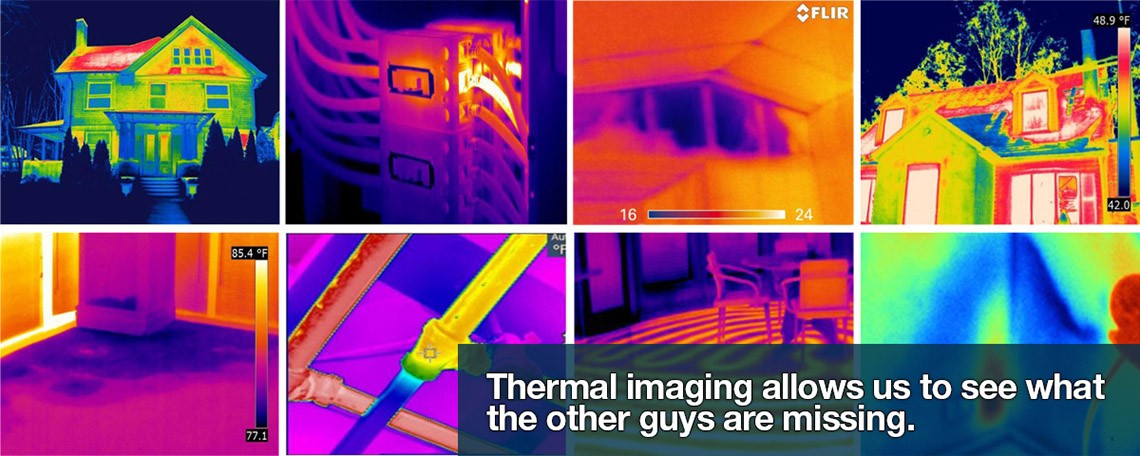




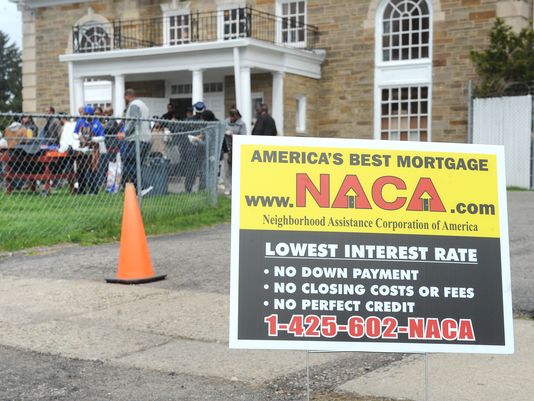


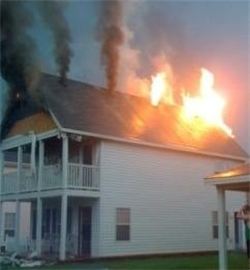 Facts about lightning:
Facts about lightning: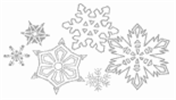
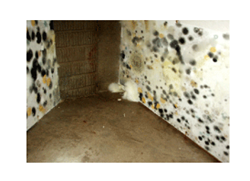 Mold Basics
Mold Basics